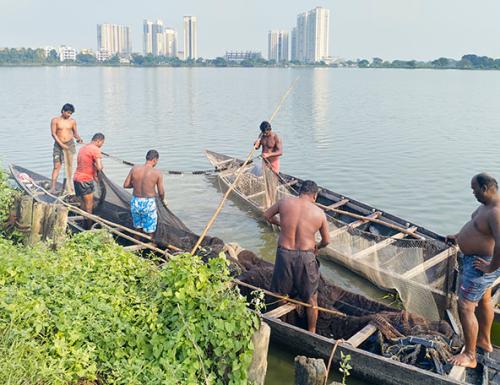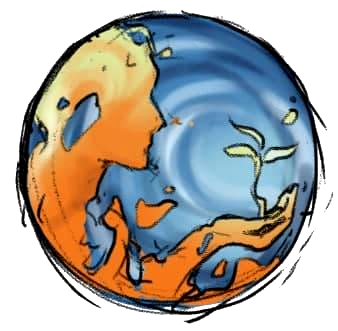Unlocking the Innovation Potential of Biocultural Capital

Unlocking the Innovation Potential of Biocultural Capital
Biocultural capital is an innovation approach describing a human / natural synergy that can lead to productive regenerative systems in which humans and nature exist and thrive in synergy.
With examples drawn from India, Australia, the Amazon, among others, the authors illustrate the widespread practice and importance of bio-cultural innovation. They say: "Biocultural innovations... emphasize the integral role that Indigenous peoples play as stewards of the biosphere. Thus biocultural innovations not only foster sustainable use and protection of biodiversity but also support the livelihoods, cultures, and self-determination of local Indigenous inhabitants."
Global discovery and use of plants and natural processes are essential. The disappearing natural environments and biodiversity anticipated in UN reports include the deep wells of indigenous knowledge developed in bio-cultural processes that are equally at risk.
Long sidelined in intellectual property focused negotiations that have included "indigenous knowledge" the authors describe a far larger public interest beyond simple ownership of discovery to a mode of existence in indigenous communities that benefits humanity broadly.
From the article "Accelerating species loss is pushing ecosystems worldwide dangerously close to “tipping points,” where biodiversity loss will irretrievably damage their capacity to benefit humanity. Language extinction is also occurring at an alarming rate, with an estimated 30 percent of languages––and thus, deep reservoirs of biocultural knowledge––predicted to become extinct by the end of the century. The ongoing marginalization of indigenous peoples results in their overrepresentation among the world’s poor, despite their crucial role in protecting 80 percent of existing biodiversity."
by Jarrod Vassallo, PhD, Sourindra Banerjee, PhD, Jaideep Prabhu, PhD, published in Stanford Social Innovation Review
